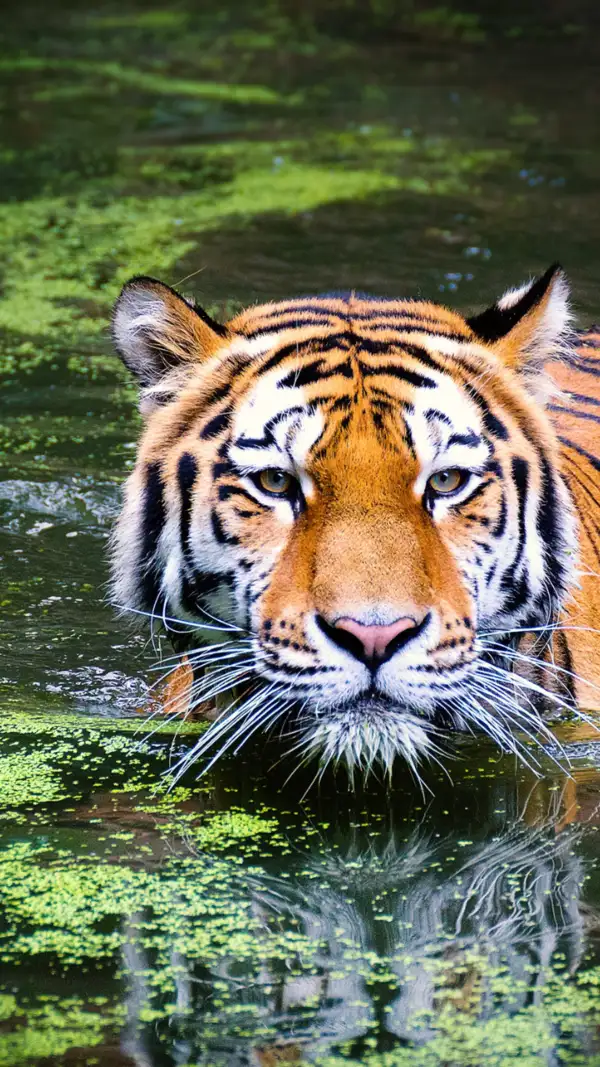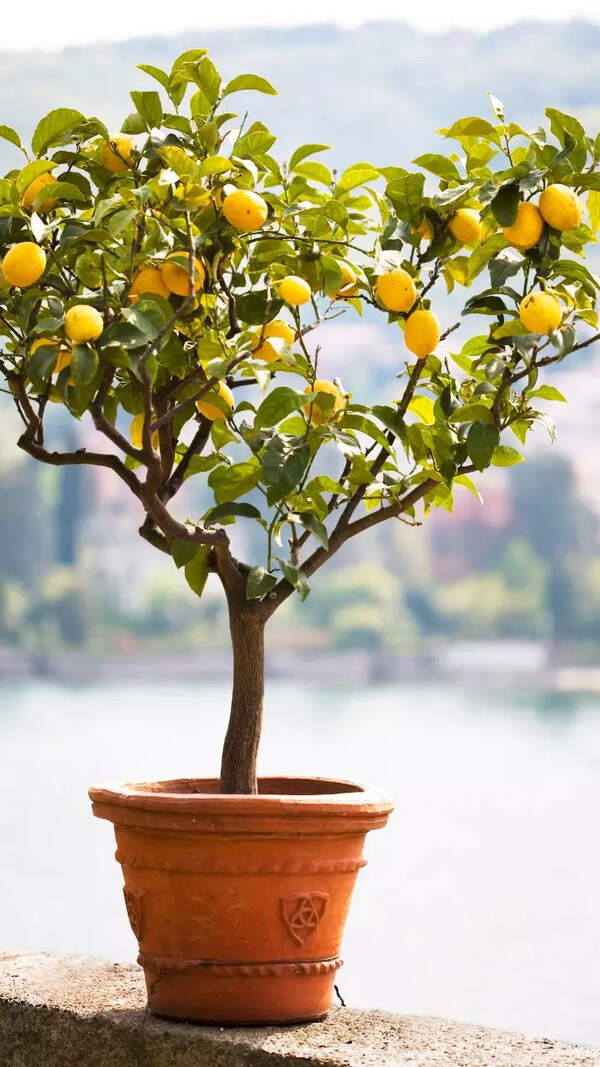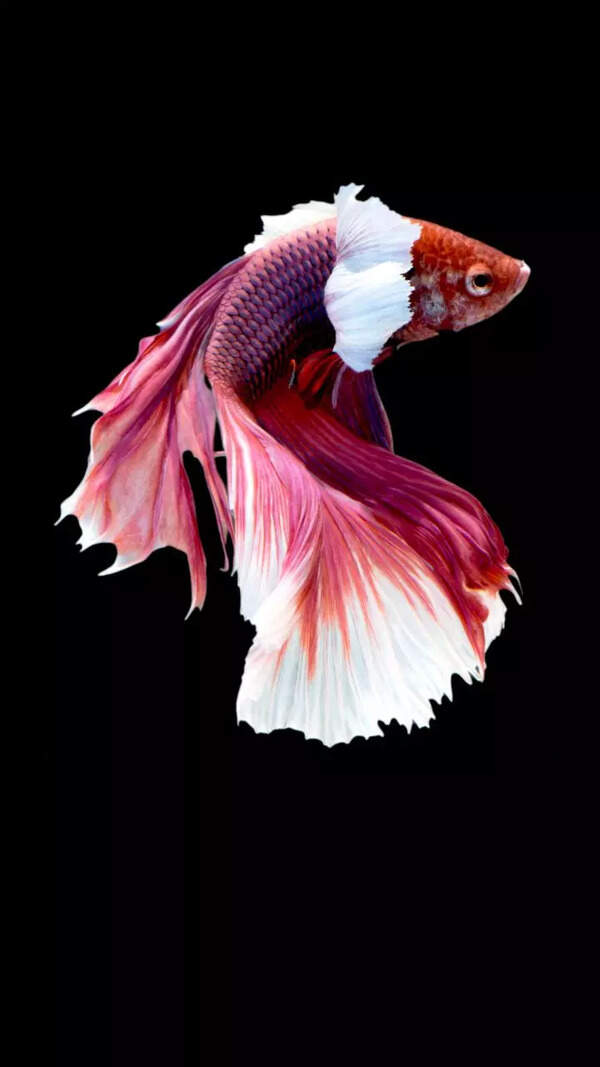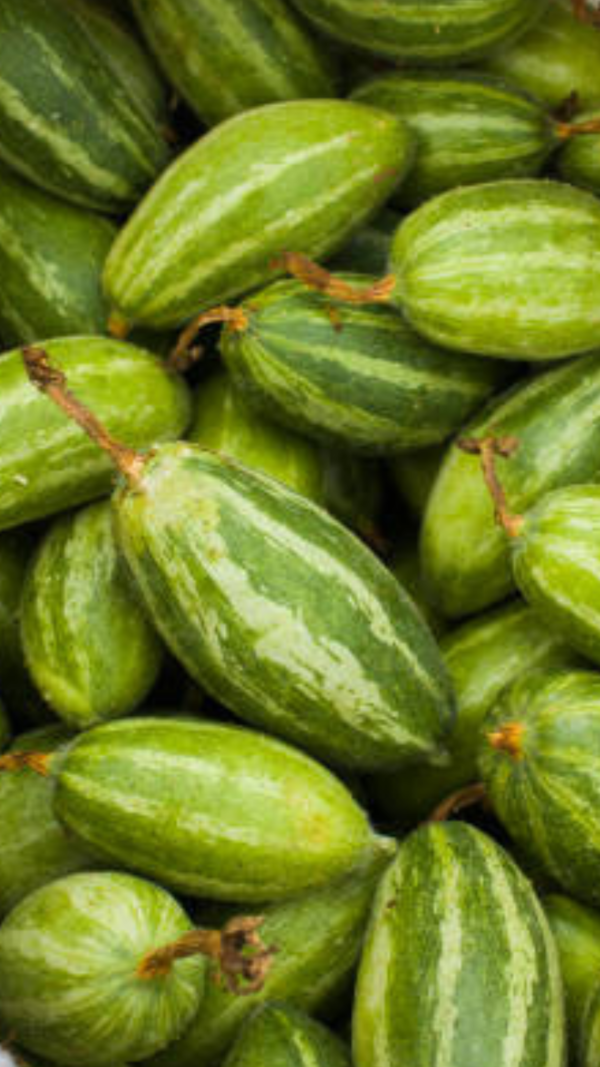In a shocking and intriguing discovery, two new species of
poison dart frogs have been identified by scientists in the remote
Brazilian Amazon, highlighting how little is truly known about the biodiversity in the rainforest. The discoveries were published in ZooKeys and PLOS One, revealing that these species are in the genus Ranitomeya, which hasn't been seen for more than a decade.
The journey towards a discovery
Reaching the newly discovered frogs required a challenging journey which began with a small plane flight followed by a 10-hour boat ride in the Juruá River, near the Brazil-Peru border.
Identifying these frogs required more effort than just visual inspection, as they are nearly identical. “Very distinct species can have the same appearance: the same colours and the same pattern,” explained Koch. He added that the situation is further complicated because “sometimes a single species can have multiple patterns of colour.”
Thus, to confirm their findings, scientists performed genetic sequencing, detailed morphological measurements under microscopes and acoustic analyses of mating calls. According to the results, both species occupy different branches on the evolutionary tree, confirming they are separate.
Ranitomeya Aquamarina

Image credits: X/@ehehe__he
The first species, Ranitomeya Aquamarina, also known as the "metallic poison frog", is notable for its unique turquoise stripes against a jet-black body. These frogs often appear in pairs, indicating a monogamy that is rare in amphibians. They tend to stay together for long periods, which is not typical for dart frogs.
Ranitomeya Aetherea

Image credits: X/@HerpsInTheNews
The second species is called Ranitomeya aetherea, known for its sky blue stripes on a brick red body. Both species measure roughly about 15 to 17 millimetres, about the diameter of a dime, making them among the tiniest poison dart frogs ever documented. Unlike the species above, the Ranitomeya aetherea males are typically solitary and engage in frequent advertising calls to attract females, who don't stay in one spot for long.
While these discoveries mark a significant addition in the identification of rare Amazon species, their existence is threatened by the rapid deforestation being carried out in the area. Since they are found in small volumes in areas just a few miles apart, they are vulnerable, and their exact conservation status still remains unknown.












